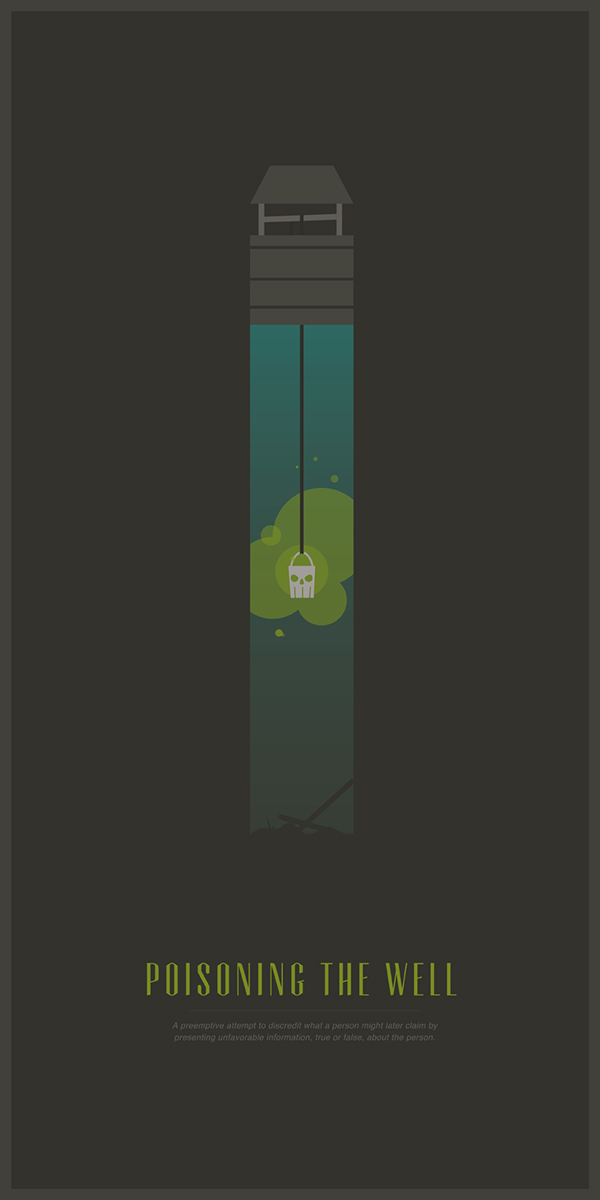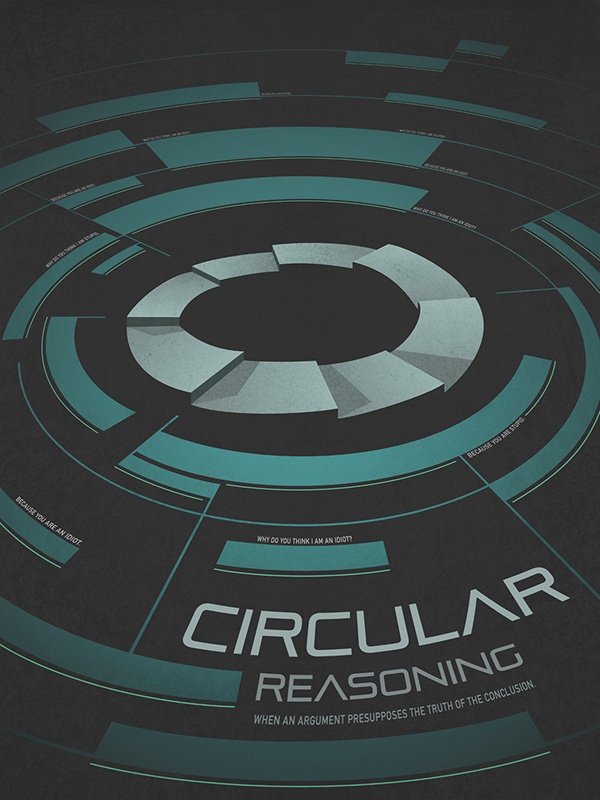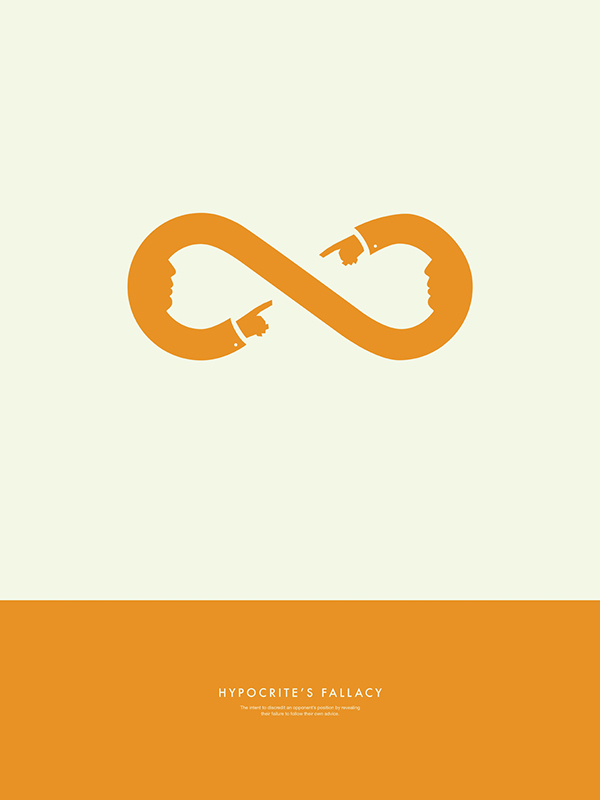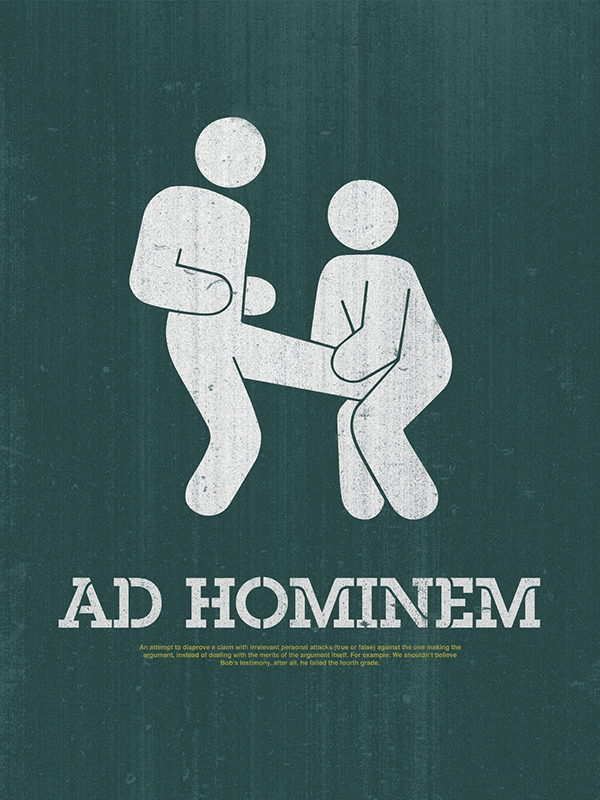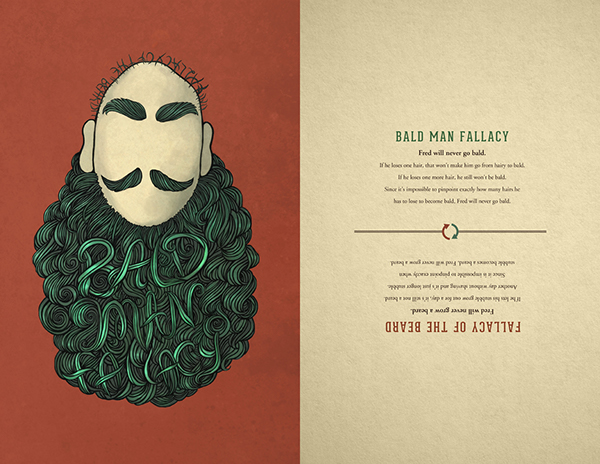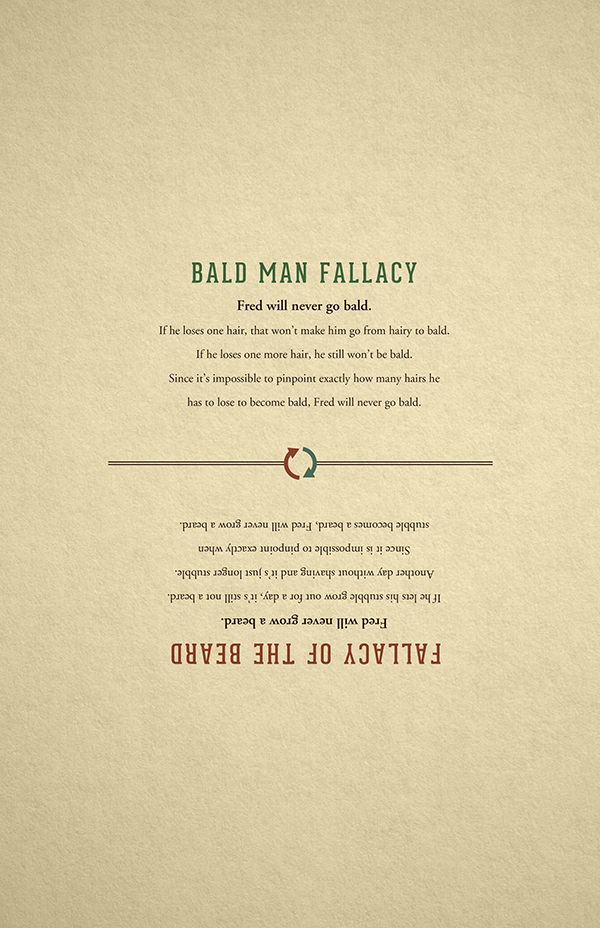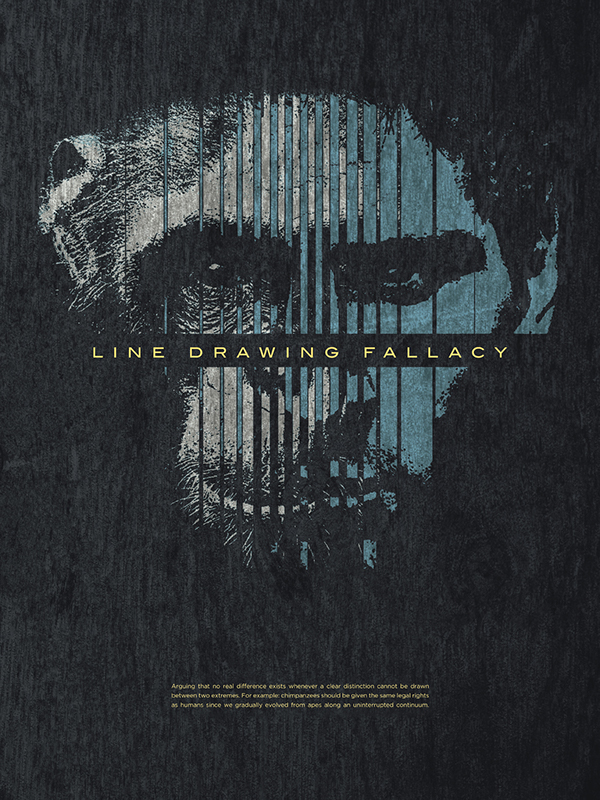I guess I am blessed [with a cross?!] as somehow in past I learned to think this way naturally.
Why the Socratic method you ask? The Socratic method was named after the classical Greek philosopher Socrates and introduced in the 4th century BC Socratic dialogue. It has common applications in law school, teaching, psychotherapy, and human management resources and training. People in those industries and the layman alike can use it to:
•Build stronger beliefs in arguments, and eliminate misshapen or broken ones.
•Point out fallacies or flaws in thinking.
•Clarify feelings or insights about personal actions.
•Plan out the main train of thought in lessons.
•Test the logical foundation of any argument out there.
Here are the basics:
1. Locate the main argument in a statement or a statement that sums up an argument. In other words, what is the defining argument that sums up a particular statement? Ask your opponent to sum up their argument if you’re stuck on step 1. Socrates asked fellow people questions like: ”What is justice?” or ”What is knowledge?”. He then let or asked them to make declarative statements like: ”Justice is x because of y.”
2. Investigate the implications of their argument. Assume that there argument is false and find an example or scenario to prove that the argument is flawed in some way. Say someone is trying to prove that a particular car is green. It seems like common sense at first, but then, using the Socratic method, you can come up with a counter argument to prove the limits of the argument like: ”Is the car still green to a blind person?”
•If they say no, then proceed to step 3.
•If they say yes, ask: ”Why isn’t it pink, blue, or purple?” or ”If they can’t see, then what makes the car green?”
The most important thing is to back your counter argument up with scenarios and examples when they try to defend their own argument.
3. Change their initial argument and take the exception into account. Once you have came up with a reasonable argument to disprove theirs, change their argument so it takes the new argument into account. So change the original argument ”The car is green” to an agreeable position like: ”It’s green to those who can see.”
4. Attack the new argument with another question. Ask your opponent: ”If you agree that it’s green to those that can see, then is it green to other animals who can see?” Eventually, you will possibly come to an argument that your opponent agrees with but completely contradicts their initial one. The fun of the Socratic method is you have the potential to generate an infinite amount of questions, and an infinite amount of discussions.
5. Practice. Obviously, you’re probably not going to topple the debate club leader in one go. It should take about 5-10 minutes to learn, but several weeks to months if you want to become a well-versed expert in the field of debate, including the Socratic method. But as Socrates said, “If you want to be a good saddler, saddle the worst horse; for if you can tame one, you can tame all.” So start off small like I did by using the Socratic method in daily life discussions with family and friends, and work your way up to more complex arguments in topics that you’re highly interested in or enjoy.
The Only Way to Become Amazingly Great at Something like the Socratic method, is to know when you’re wrong in a debate, admit it, and constantly keep challenging the logic in your beliefs so that they become stronger standing and longer-lasting. After all, you don’t go from proving that bananas aren’t the tastiest fruit to successfully refuting a famous politicians argument on the war on terror without a little practice, you know?
Here’s a handy example:
Teacher: ”Student, what is goodness?”
Student: ”Teacher, goodness is when you give something to some one else.”
Teacher: ”Is it good to give someone a gun so they can murder someone else?”
”Is it good if you give someones password to someone else without their knowledge?”
”Is it good if you give someone a package containing a wrapped up bomb?”
Student: ”Obviously not.”
Teacher: ”So it’s good to give something to some one else, provided that what they give will not harm themselves, or other people.”
Student: ”Certainly.”
Teacher: ”If you agree that giving someone something to harm themselves or others is not good, then what about giving a poor farmer a tool to harm a chicken for a short time and kill it, in order to benefit his starving family? ?
Student: ”I agree that it’s good for the family but not the chicken.”
Teacher: ”Yes, but you contradicted yourself when you said giving someone something to harm someone else is not good, because you clearly agreed that it’s good in some applications.”
